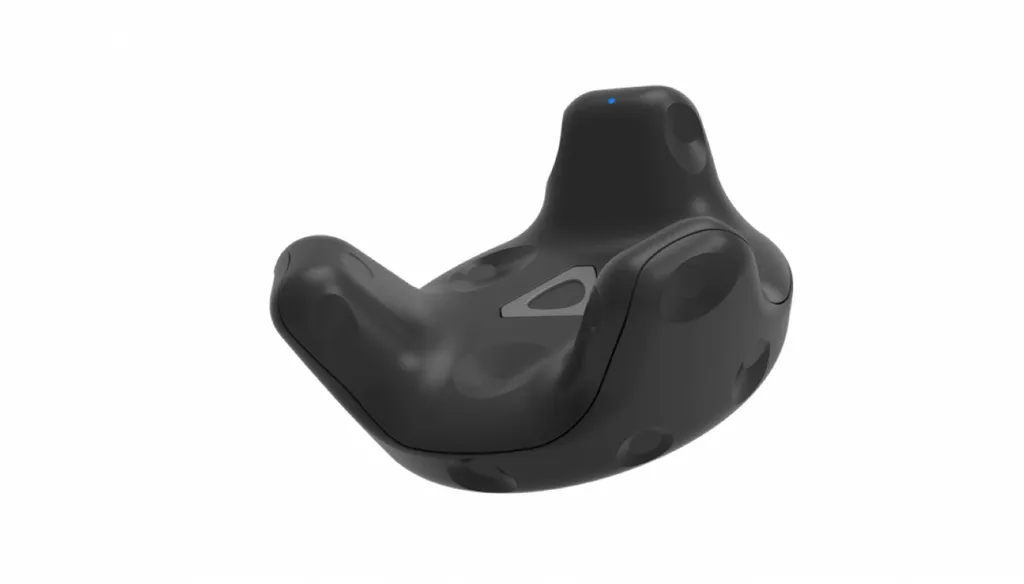HTC’s Vive Tracker presents an elegant solution to the VR peripheral problem. Instead of releasing hundreds upon hundreds of different controllers that replicate real world items, why not just stick a single tracked object onto the real thing to bring it into the virtual world? When it was announced at CES back in January, we found ourselves asking why we hadn’t already thought of it.
Developers, though, have thought of much more than that.
Dev kits for the Tracker have been available for a little while now, and the VR community has embraced the device with the same kind of enthusiasm we’ve come to expect from it over the past few years. Early examples of the tech — sticking it to phones for local co-op, enabling full body-tracking, and fire fighting simulations — were all incredibly impressive, but we’ve since seem some even more amazing examples of what’s being done with the device.
For many, the Tracker has served as a way to enhance the immersion and experience of existing VR apps. Cloudgate Studios used full-body tracking to let me kick dinosaurs in the face in Island 359, for example. More recently, we’ve seen the kit attached to a drone to create a controllable turret inside one of the Vive’s most recognised wave shooters, Space Pirate Trainer.
Vive + Drone + Space Pirate Trainer from Jaymis on Vimeo.
New game ideas are coming too. It looks a little (very) unsafe, but this shooter in which the Tracker spins around the real world on a fan to make a moving target just scratches the surface of what might be possible within VR games.
But the Tracker isn’t just enriching gaming experiences; it can also help to make them safer too. We were instantly sold on Triangular Pixels’ solution to track your pets so that you don’t walk into them when you have a hunk of plastic obscuring your view in the real world.
And then there’s the projects that don’t even use the Vive, or perhaps even VR itself. Below is a mind-blowing game in which Trackers are attached to toy tanks. A virtual battlefield is projected onto the floor and players move their tanks around to avoid incoming fire. In fact, just take five minutes to look through Teruaki Tsubokura’s YouTube page. It’s filled with incredible applications for the Tracker and more.
Wow, @kohack_v has been busy!
Little tiny tanks with @htcvive trackers on a projected battlefield!https://t.co/CRa8I0zHYR pic.twitter.com/KOWDYJldUP
— Robert McGregor (@ID_R_McGregor) June 15, 2017
The Tracker is taking VR and other technologies in bold new directions, empowering developers with tools that might previously be seen in R&D labs or at state of the art institutions. Body tracking was once a Hollywood-only affair, but now it’s just $300 away for any Vive developer.
But challenges lay ahead. What’s difficult to envision is how HTC will tame the unwieldy landscape it’s just unleashed for consumers. Right now the Tracker has created a distinctly experimental feel; everything’s in R&D and some things require multiple Trackers or other peripherals. Are you really going to buy a Tracker just to attach to your cat? Would you then buy another?
Vive’s Tracker will be available for customers later this year at $99.99. Sadly some of the tech’s better uses like body tracking require multiple units, and we’re not sure exactly how many Vive owners will be willing to splash another $200 – $300 on a system they’ve already paid $799 for. Developers might have embraced the tech, but that won’t mean much if there’s no one to actually use it.


























